Marine Corps Air Station Miramar Microgrid
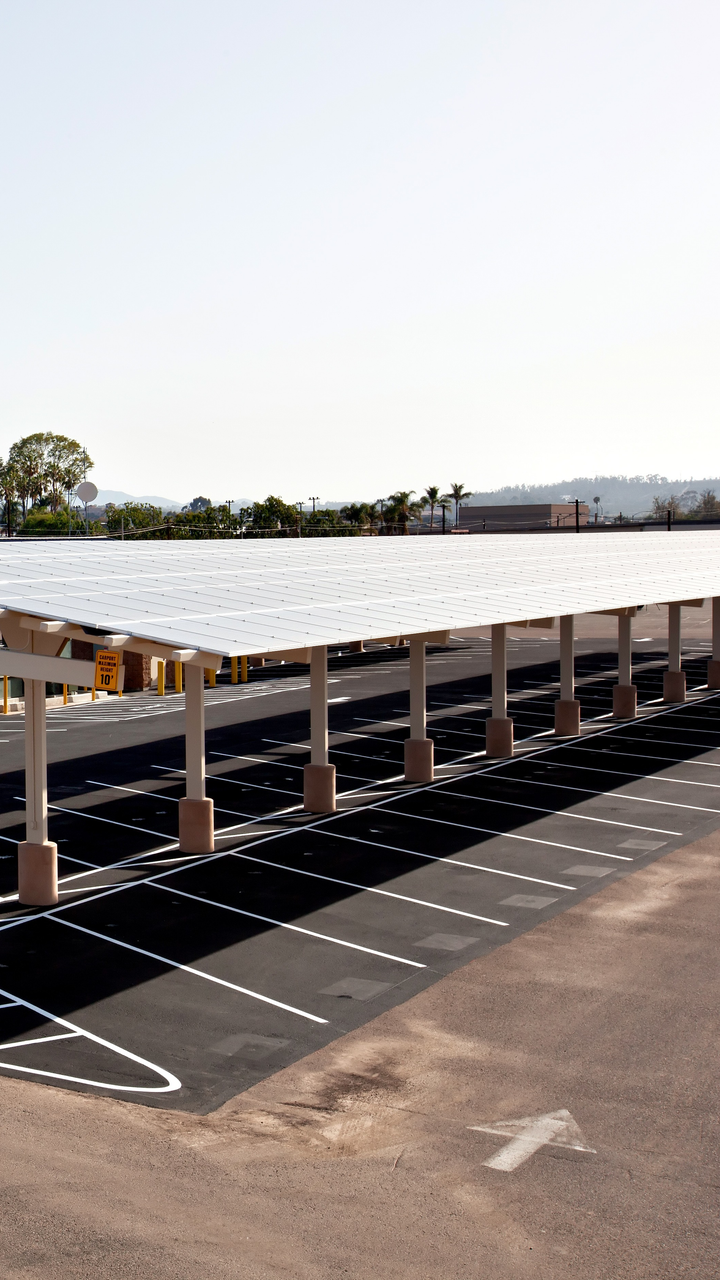
- Project Name
- Marine Corps Air Station Miramar Microgrid
- Location
- San Diego, California
- Client
- United States Marine Corps
Black & Veatch and Schneider Electric are designing and constructing an energy security microgrid at Marine Corps Air Station (MCAS) Miramar, in San Diego, California. Once fully operational, the microgrid solution will provide resiliency, incorporate renewable energy, and allow operations at mission-critical facilities to continue if the utility power grid is compromised or damaged.
Follow the project, below, from design to commissioning to get an insider’s perspective at how this new microgrid solution is being developed.
Black & Veatch and Schneider Electric are designing and constructing an energy security microgrid at Marine Corps Air Station (MCAS) Miramar, in San Diego, California. Once fully operational, the microgrid solution will provide resiliency, incorporate renewable energy, and allow operations at mission-critical facilities to continue if the utility power grid is compromised or damaged.
Follow the project, below, from design to commissioning to get an insider’s perspective at how this new microgrid solution is being developed.
In May 2016, a Black & Veatch and Schneider Electric joint venture was selected to design and construct a microgrid at MCAS Miramar. The project design was configured to be scalable to potentially power the entire installation and manage electricity during peak usage.
The microgrid will power several facilities during a utility grid outage and utilize existing energy resources such as landfill gas, solar photovoltaic (PV) and energy storage systems for standard operations. All elements were designed and built in compliance with Department of Defense (DoD) security infrastructure and risk management requirements. Design incorporates renewable resources, advanced smart grid control systems, and demand response capabilities.
The new microgrid will also integrate with the utility control system at Naval Base San Diego which will have redundant controls for additional energy security.
"Black & Veatch and Schneider Electric bring together an industry-leading portfolio of expertise, equipment and service to develop and operate an efficient, safe and sustainable microgrid energy solution. Through this unique joint venture, two worldwide industry leaders will deploy a team of experts that can deliver innovative, best-in-class, microgrid technologies that ensure reliability, resiliency and energy independence for our Marines and Sailors under any circumstance."
- Daniel Vesey, U.S. Navy Global Account Manager, Energy and Sustainability Services, Schneider Electric USA
On Sept. 28, 2017, the U.S. Marine Corps and Naval Facilities Engineering Command Southwest leadership hosted a groundbreaking ceremony celebrating the start of construction for the microgrid.
Construction will include the buildout of a new diesel and natural gas power plant and refurbishment of an existing building into an advanced energy and water operations center (EWOC). The EWOC will provide microgrid and plant operators, and base energy personnel with direct control of the integrated microgrid control system, utilizing Schneider Electric’s OASyS SCADA software. The microgrid will also integrate existing power generated from renewable energy sources including biogas from a local landfill and solar photovoltaic (PV) generation, as well as provide expansion capabilities to incorporate a future energy storage system.
“Advancing this first-of-its-kind project to the construction phase is a significant milestone. Once commissioned, the microgrid solution will help achieve energy efficiency, reliability and cost-saving goals, and protect essential flight line operations,” said Scott Kinner, Vice President of Federal Services at Black & Veatch.
This is a really complex innovative thing that we’re doing here – taking large amounts of renewable energy and combining it with a central, conventional power plant to provide backup power to the installation. This is not just backup power like a traditional backup generator on a critical system; this is a redundant source of power that will provide us 100 percent capability in over 100 mission-critical buildings on base, including the entire flight line.
- Mick Wasco, MCAS Miramar Energy Program Manager
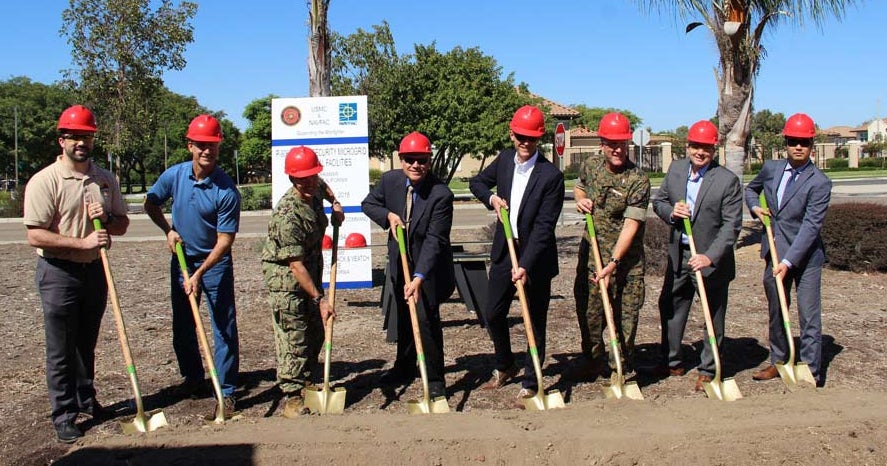
From left to right, Mick Wasco, Marine Corps Air Station Miramar energy program manager; Richard Johnston, Naval Facilities operations and maintenance officer; Lt. Cmdr. Travis Brinkman, MCAS Miramar public works officer; Dave Guebert, San Diego Gas and Electric federal account representative; Scott Kinner, Black & Veatch vice president; Col. Jason Woodworth, MCAS Miramar commanding officer; Andy Haun, Schneider Electric chief technology microgrids officer; and Howard Ou, Congressional Office general services fellow.
As the joint venture team constructs the new diesel and natural gas power plant, Mick Wasco, Marine Corps Air Station Miramar energy program manager, sheds some light on how this power plant will support the microgrid once operational. The steel erection for the power plant is scheduled for completion in March. Construction of the power plant is scheduled for completion in September 2018.
How did the project team decide the size of the backup generators for the microgrid?
The generators at the power plant are sized to cover critical loads in the case the microgrid’s renewable energy sources are not available. The diverse fuel and engines are in place to ensure that the generators can manage the critical loads.
What is the cost of energy and demand to utilize diesel as an economic alternative?
The microgrid control system has algorithms that will constantly analyze the costs and savings in order to dispatch generation. The usage of diesel to back up the landfill power plant is only a concept and the true operation of the microgrid may only use the natural gas to provide that support economically.
Demand charges can be around $13/kW per month, so if the landfill power drops offline during a peak period that is 3200 kW x $13 = $41,600 in one month. The cost of fuel can vary greatly, and the price of fuel and time to cover the load would be a factor in the design to run the generation to mitigate the peak. In the future, the microgrid will use energy storage to mitigate this issue.
What does the break-even point look like for converting diesel generators to natural gas in conjunction with establishing a microgrid?
Several factors drive these choices: air quality controls permitting (desired vs allowable run-time), availability and reliability of natural gas or diesel fuels, and evaluating their cost differences over time.
The MCAS Miramar microgrid project has reached a new milestone as part of the construction of a new diesel and natural gas power plant. The generators at the power plant are sized to cover the critical loads in the case that there is a primary grid failure. Renewable energy sources are included to make the microgrid more resilient and less reliant on fossil fuels. When operational, the system will ensure that the distributed energy resources can economically manage the critical loads.
In the last few months, the Black & Veatch and Schneider Electric team worked together to set the generators on the concrete foundation, erect the building’s structural steel and finishing the masonry block facade. With the masonry scaffolding removed, the team is now cleared to finish exterior construction, including pouring the exterior foundations for the plant’s radiators and transformers.
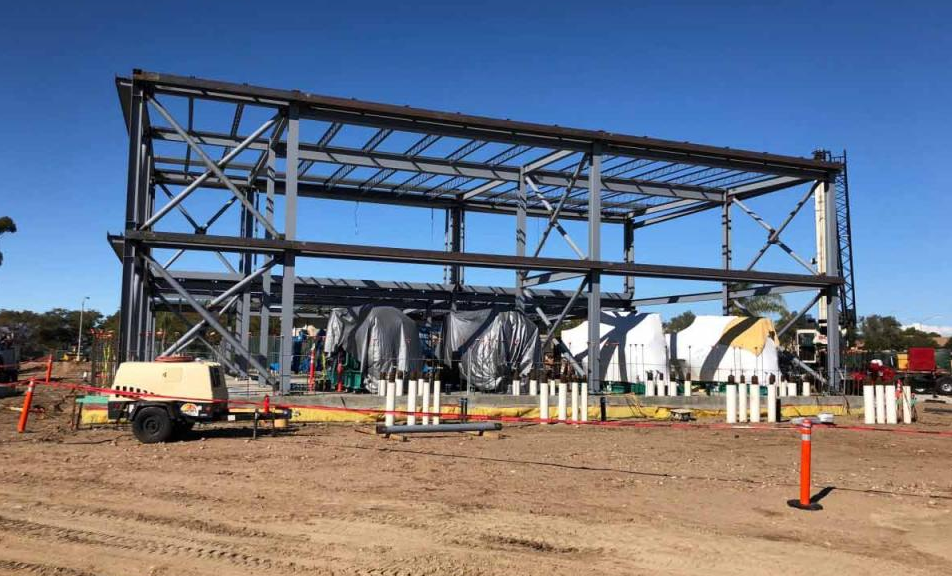
Roof panels have also been installed to begin the process of sealing and enclosing the structure. Interior steel erection has also commenced.
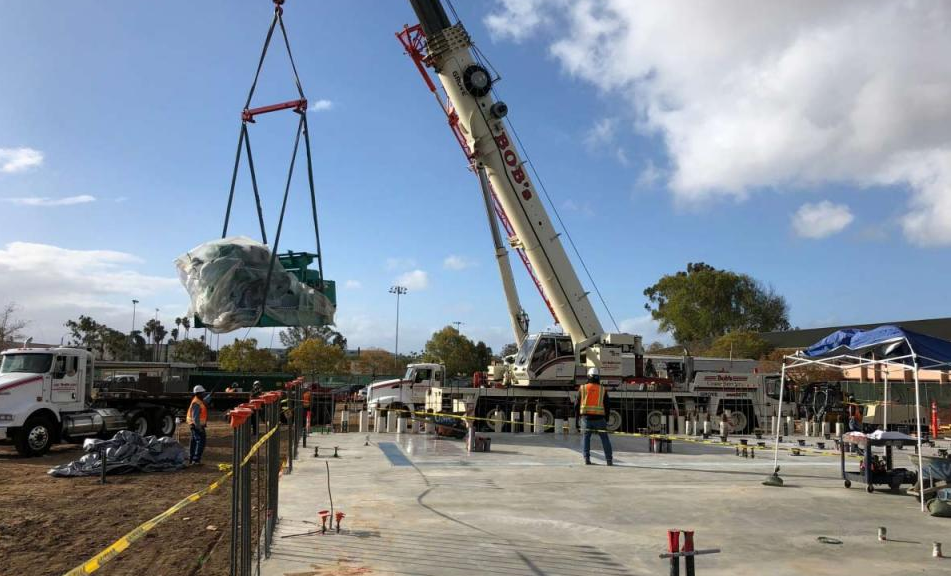
This project milestone sets up the project team for construction of the 4 MW tier 4 diesel generator set and 3 MW natural gas BACT (Best Available Control Technology) generator set. The power plant will serve as one of three main energy sources for the microgrid, along with landfill gas and solar photovoltaic power. The plant will allow the microgrid to run on “island”, or “economic mode” to optimize these resources and reduced MCAS Miramar’s utility bills while supporting the grid for the community.
One of the most integral components of the MCAS Miramar microgrid is now operational. Construction is complete for the new Energy and Water Operations Center (EWOC), where the microgrid system will be monitored, controlled and managed. The EWOC provides operators with direct control of integrated microgrid control system, utilizing Schneider Electric’s OASyS SCADA software, as well as other utility and energy control systems.
The EWOC plays host to all energy control systems and activities in one centralized space within the Public Works Department that includes the following functions:
Industrial Control System Management
Project Development/Energy Auditing
Technology/Equipment Testing
Calsense Smart Irrigation System
Installation Energy Management
Advanced Metering Infrastructure
Area Wide Energy Management System (HVAC Controls)
Installation Microgrid Controller & SCADA Station
Office space for tenant training/behavioral awareness/outreach efforts
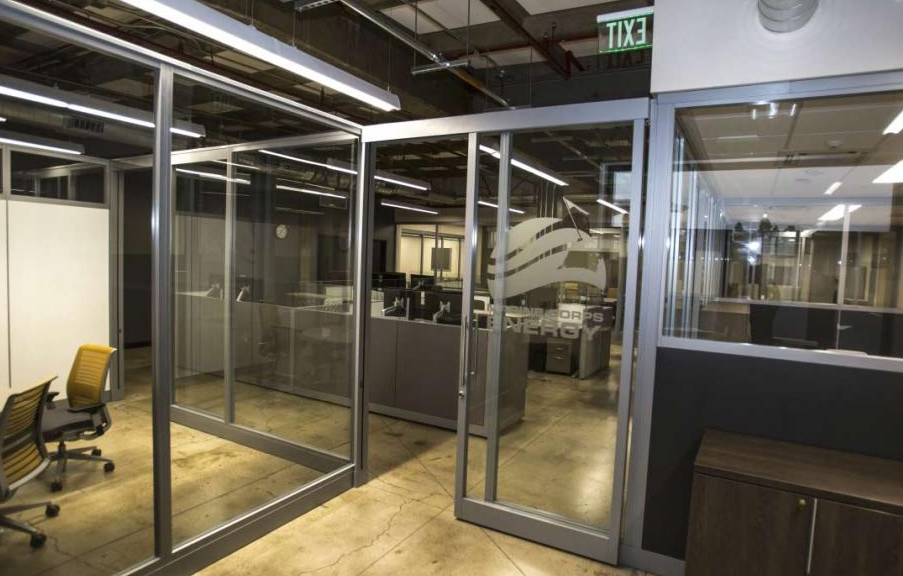
A “W” for Water Management
One of the distinguishing characteristics of the MCAS Miramar EWOC is the integration of water management as part of a reliable and resilient system. Their existing smart irrigation control and reclaimed water system, part of a holistic water conservation program, is also monitored at the EWOC.
Smarter water management benefits the base by helping identify and correcting water quality issues, adding water resilience and improving water circulation on the base.

A tour held during Microgrid Knowledge’s Microgrid 2019 conference allowed attendees to visit the EWOC while in commissioning.
The microgrid’s new power plant was fitted out for it’s mechanical, electrical and plumbing (MEP) systems.
As the power plant construction finalizes, 480v and 12kV switchgear and generators are installed.
The power plant’s 6.45 MW of diesel and natural gas generation will supplement other distributed energy resources that integrate to support the microgrid. The diesel and natural gas will serve as redundant energy back-up and will be dispatched intermittently when renewable power is unavailable. This will allow the microgrid to provide 100 percent capability at all times, even in the case of a local power outage across the entire base and its mission-critical flight line.
The microgrid control system has algorithms that will constantly analyze the costs and savings in order to dispatch generation. Diesel may back up the landfill power plant but the true operation of the microgrid may only use the natural gas to provide that support economically.
The cost of fuel can vary greatly, and the price of fuel and time to cover the necessary load would be a factor in the design to run the generation to mitigate peak demand. In the future the microgrid will also use energy storage to help mitigate this issue.
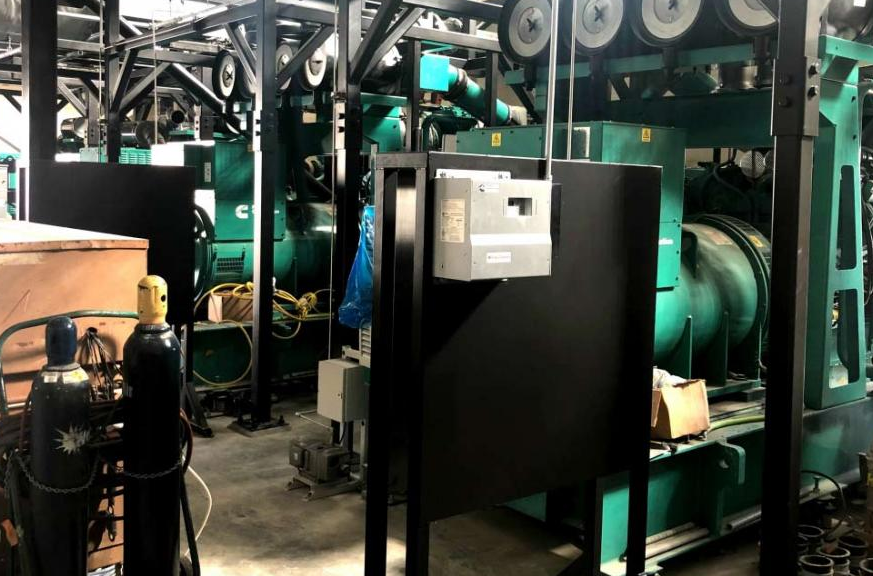
Construction of the microgrid’s power plant is substantially complete with the focus now on local and integrated commissioning. The power plant utilizes lean burn technology engines certified to U.S. Environmental Protection Agency (EPA) exhaust emission standards.
More than 230 advanced metering infrastructure (AMI) meters at the installation and the throughout the microgrid system enable analysis of power flows to identify opportunities to optimize energy use and monitor asset performance in real time.
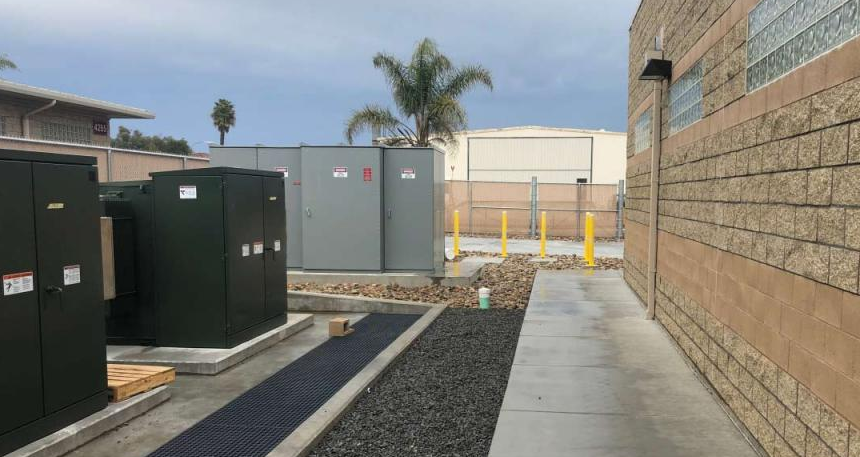
Contact Us
Looking for a partner in innovation?
Let's Talk
